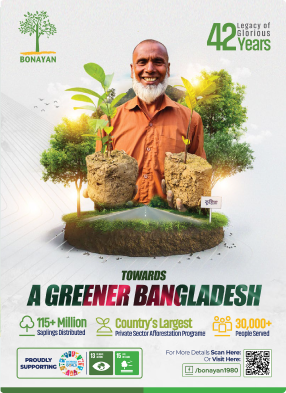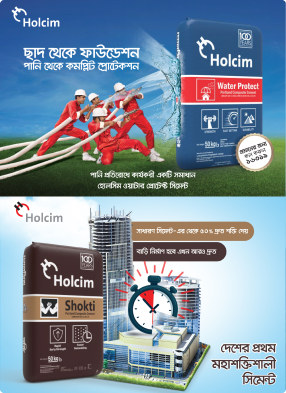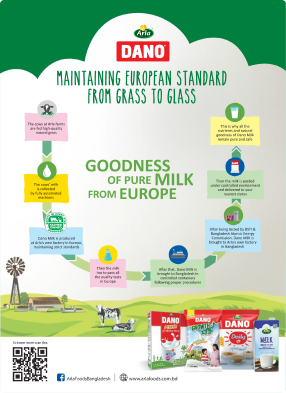- info@ficci.org.bd
- |
- +880248814801, +880248814802
- Contact Us
- |
- Become a Member
- |
- |
- |
- |
- |
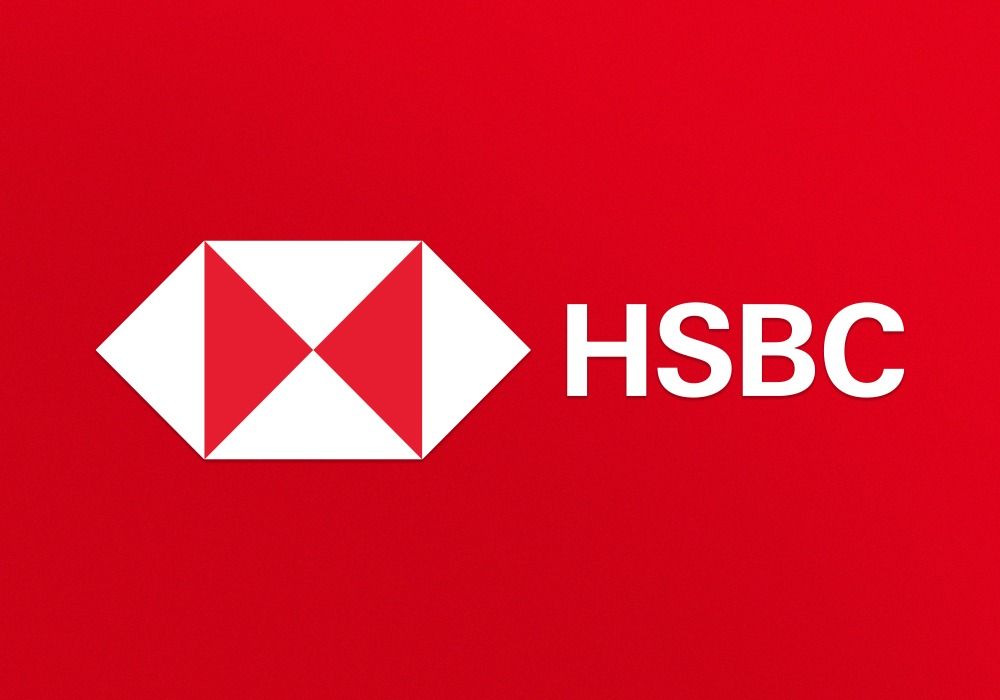
In the pursuit of a sustainable future, Bangladesh's apparel sector faces a formidable challenge: cutting greenhouse gas (GHG) emissions by 50% by 2030. A new report from the Apparel Impact Institute (Aii), with philanthropic support from HSBC, shows what this will take: a requirement of an estimated USD 6.6 billion in combined public, private, and concessional finance - a figure that underscores both the scale of the commitment and the magnitude of the investment.
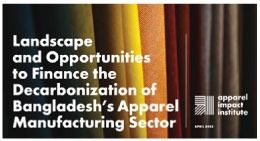 The report also identified a USD 4.8 billion financing gap which demands blended capital and a multistakeholder approach. International Financial Institutions (IFIs), such as the World Bank and Asian Development Bank (ADB), have already pledged over USD 1.6 billion, but private entities, private capital and local banks must scale up concessional lending, guarantees, and project finance. Significant progress is already visible through key reforms, yet further enablers are needed to unlock the full potential of renew- able energy. Net Metering rules for industrial consumers now allow factories to install rooftop solar panels and sell excess electricity back to the grid, creating a strong financial incentive for renewable energy. In addition, a pilot Merchant Power Policy pilot, supported by IFC, enables factories to purchase renewable power directly from independent producers, bypassing traditional utilities and lowering costs.
The report also identified a USD 4.8 billion financing gap which demands blended capital and a multistakeholder approach. International Financial Institutions (IFIs), such as the World Bank and Asian Development Bank (ADB), have already pledged over USD 1.6 billion, but private entities, private capital and local banks must scale up concessional lending, guarantees, and project finance. Significant progress is already visible through key reforms, yet further enablers are needed to unlock the full potential of renew- able energy. Net Metering rules for industrial consumers now allow factories to install rooftop solar panels and sell excess electricity back to the grid, creating a strong financial incentive for renewable energy. In addition, a pilot Merchant Power Policy pilot, supported by IFC, enables factories to purchase renewable power directly from independent producers, bypassing traditional utilities and lowering costs.
Bangladesh Bank has also signaled strong support through its Sustainable Finance Policy, which requires banks and financial institutions to allocate a share of lending to green and ESG-aligned initiatives. The central bank provides low-cost refinance schemes and funds for green products and technology upgrades, helping reduce financial barriers for factories undertaking decarbonisation.
The report highlighted opportunities to enhance financing mechanisms for the 2030 transition. Expanding access to affordable capital through concessional loans, innovative blended-finance models, and dedicated green funds can empower suppliers to develop bankable renewable energy and rooftop solar projects. Strength- ening technical expertise and offering practical guidance will further support suppliers in preparing robust proposals and scaling renewable energy generation, regulatory innovation, and financing options. These positive steps will help ensure widespread adoption and long-term sustainability.
Bridging the gap demands a coordinated call to action across the industry. The industry must mobilize blended finance combining public, private, and concessional capital to reduce investor risk. Long-term buyer commitments can give suppliers the confidence to invest in decarbonization. Policymakers should accelerate enabling measures that streamline project approvals, expand incentives, and remove import barriers for green technologies. Multi-stakeholder platforms can help avoid fragmentation and channel funding toward high-impact projects. Key national and international funds such as the Technology Development and Upgradation Fund, Green Climate Fund, and the Green Transformation Fund should be utilised and followed through extensive monitoring.
 By addressing these challenges and building on recent progress, Bangladesh's apparel sector can transform a significant financial hurdle into an opportunity for global leadership in sustainable manufacturing. With the right mix of financing, policy support, and industry collaboration, the sector has the potential not only to meet its 2030 targets, but also to set a precedent fo other manufacturing hubs worldwide.
By addressing these challenges and building on recent progress, Bangladesh's apparel sector can transform a significant financial hurdle into an opportunity for global leadership in sustainable manufacturing. With the right mix of financing, policy support, and industry collaboration, the sector has the potential not only to meet its 2030 targets, but also to set a precedent fo other manufacturing hubs worldwide.

